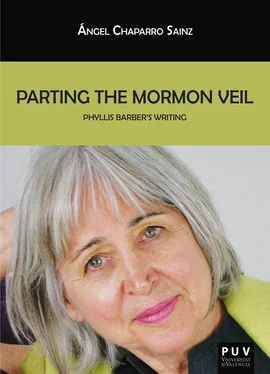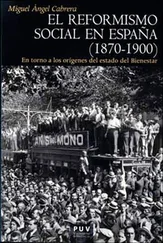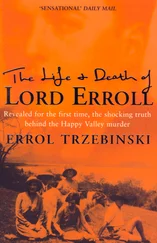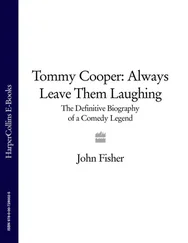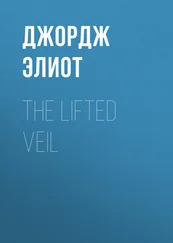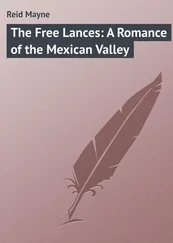Nevertheless, in the 1960s, an increasing number of Mormon writers turned to the project of writing about human experience, while keeping a profound emphasis on the Mormon faith. These writers from the second half of the century—whose works some scholars have classified under the name of “Faithful Realism” (England, Mormon 1)—were able to produce a literature that was artistically worthy and ethically deserving. The main writer of the start of this period is Clinton F. Larson, who has been praised for his skill in combining didacticism in his writing in conjunction with delighting the reader in his poetry (England, Tending xxiv). In fiction, I must draw attention to the names of Douglas Thayer—a writer who has been very influential for subsequent Mormon writers—and Levi S. Peterson and his famous novel The Backslider (1990). But many other writers who had been publishing during the second half of the century (and that still publish today) take that label beyond any limit when they cross chronological borders and amplify the multiplicity of literary styles and topics that Mormonism enjoys today, even if this can lead to controversy or revitalizes previous debates about the dichotomist nature of Mormon literature.
Finally, a growing number of writers have been gathered under the label that Eugene England called “New Mormon Fiction” ( Tending xxvi). These writers have a broad scope of audience and a wide range of topics. They are also sensitive to their personal religious appeal or education. Good examples of these writers are Linda Sillitoe, Neal Chandler, Margaret Blair Young, Lewis Horne and Phyllis Barber herself. Already in the 21 stcentury, the prospects that those writers gathered under the label “New Mormon Fiction” have been accomplished as expected and even exceeded by others who emerged later. Today, we can even find some examples of talented Mormon writers who are being widely and nationally honored in contemporary writing, such as Orson Scott Card in mainstream science-fiction, and Terry Tempest Williams in the field of environmental fiction. Anne Perry converted to Mormonism more than forty years ago and some of her novels, especially Tathea (1999) and Come Armageddon (2001), were informed by her religious beliefs. Carol Lynn Pearson and Emma Lou Thayne were also writers who enjoyed some level of success. But those names have been followed by others belonging to writers who were successful in transcending the borders of Mormon literature. Darrell Spencer, 15Walter Kirn, Judith Freeman, Brady Udall, Jack Harrell, Steve L. Peck, Dan Wells, Eric Samuelsen and Neil LaBute have all gained recognition because they reached to audiences other than the Mormon. All of them have different attachments to the Church and they have developed their Mormon relations to different extents.
The same progress can be seen in poetry. In 1989, Eugene England and Dennis Clark gathered the best poetry by Mormons in the second half of the century. The result was Harvest: Contemporary Mormon Poems , an anthology that remained a cornerstone for a long time. Older and newer writers were grouped in this collection. Some names were already familiar in a Mormon context but the variety was notable: from Clinton F. Larson to Lance Larsen, from the one who was called the leader of “Faithful Realism” to the most talented poet in Mormonism today. However, in 2011 the poet Tyler Chadwick dared to make the anthology that was to follow the steps taken by Harvest . Fire in the Pasture is bold enough to carry the subtitle Twenty-first Century Mormon Poets because, in fact, it is advancing more than it is testifying. Again, the anthology gathers some of the most successful and well-published Mormon poets, such as Patricia Gunter Karamesines, Lance Larsen, Warren Hatch, Alex Caldiero and Paul Swenson, but it also introduces new names, thus anticipating a fruitful and pregnant period of good poetry in Mormon literature. Some of these names are Sarah Dunster, Karen Kelsay, James Babcock, Deja Earley, Melissa Dalton-Bradford. To list them all is beyond an introduction like this. A general overview of this collection presents the names and voices of important poets in the Mormon tradition but also those of national and international poets. The volume shows a rich and complex variety both in form and content. There are different levels of attachment to the Church, motley themes, free verse and traditional forms, personal poems, elegiac poems, experimental poems, major topics, minor topics, new images, new mappings. If American poetry is decentralized and varied, the same applies to Mormon poetry.
These four periods reveal a progress that William Morris identified as “divided and ambivalent” (15) as it seems to repeat a pattern of separation into two different groups. However, contemporary writing, as I have tried to show, discloses how these two apparently opposite sides can find a co-operative zone in which combination and diversity elaborates complex but meaningful literature.
I want to finish this introduction by exposing an example of how Mormon literature reveals heterogeneous and sophisticated peculiarities. Michael Austin maintains that “to a very large degree, texts by Mormon women are the Mormon literary canon, and when we discuss important, influential, and critically acclaimed books by Mormons, we will find our conversations nearly dominated by women author’s works” ( Some 23). From a feminist point of view, this demonstrates that Maxine Hanks is right when she talks about it being “more empowering to consider female authority as creativity and authorship” (xxii). In her survey of the new poetry being written by Mormons during the 1980s, Linda Sillitoe reinforces Austin’s opinion about the importance of women writers when she points out that the number of women poets included in the contemporary poetry section of the anthology A Believing People: Literature of the Latter-day Saints (1974) denotes a substantial increase in comparison to the number of women poets considered for the 19 thcentury. 16England shares that perception: “I can find no other culture, or nation, contemporary or historical, in which such a preponderance of creative thought and writing is by its women” (England, Dialogues 1).
The position of women in Mormon patriarchal society has always been a matter of debate, and especially much so in the second half of the 20 thcentury. In fact, analyzing Mormon literature from a feminist perspective reveals an improvement. When approached from an extensive or historical point of view, the works accomplished by many Mormon writers reveal a sense of development towards complexity and diversification—both in content and style—that overcomes Stegner’s admonitions about the difficult nature of Mormon literature. Barber quotes Italo Calvino who declares that it is necessary to give “a voice to whatever is without a voice, when it gives a name to what as yet has no name, especially to what the language of politics excludes or attempts to exclude” ( Writing xix). This is only one example of the many different currents that affect Mormonism and Mormon literature. A variety of topics and emphases are driving Mormon literature towards a complexity that takes it closer to mainstream literature and to a wider audience.
Criticism:
Paving the Road to Go Beyond
In the 1960s, Mormon literary criticism began to find its feet. As already mentioned, in that decade and the following, the first classes on Mormon literature were held at Brigham Young University, and the first anthology of Mormon Literature was published in 1974. A couple of years later, a group of forerunners to Mormon literary criticism founded the Association for Mormon Letters. As William Mulder states, the progress experienced in scholarly work, both in production and in quality, is a valuable element for understanding the betterment of Mormon literature ( Telling 160). Mormon criticism has always been subject to division and debate. Even before the critical contribution of Mormon scholars exposed the latent tendency to divide Mormon literature into two—apparently opposed—categories, the literature itself testified to various writers opting for different perspectives, each of them seemingly pointing in diverging directions.
Читать дальше
